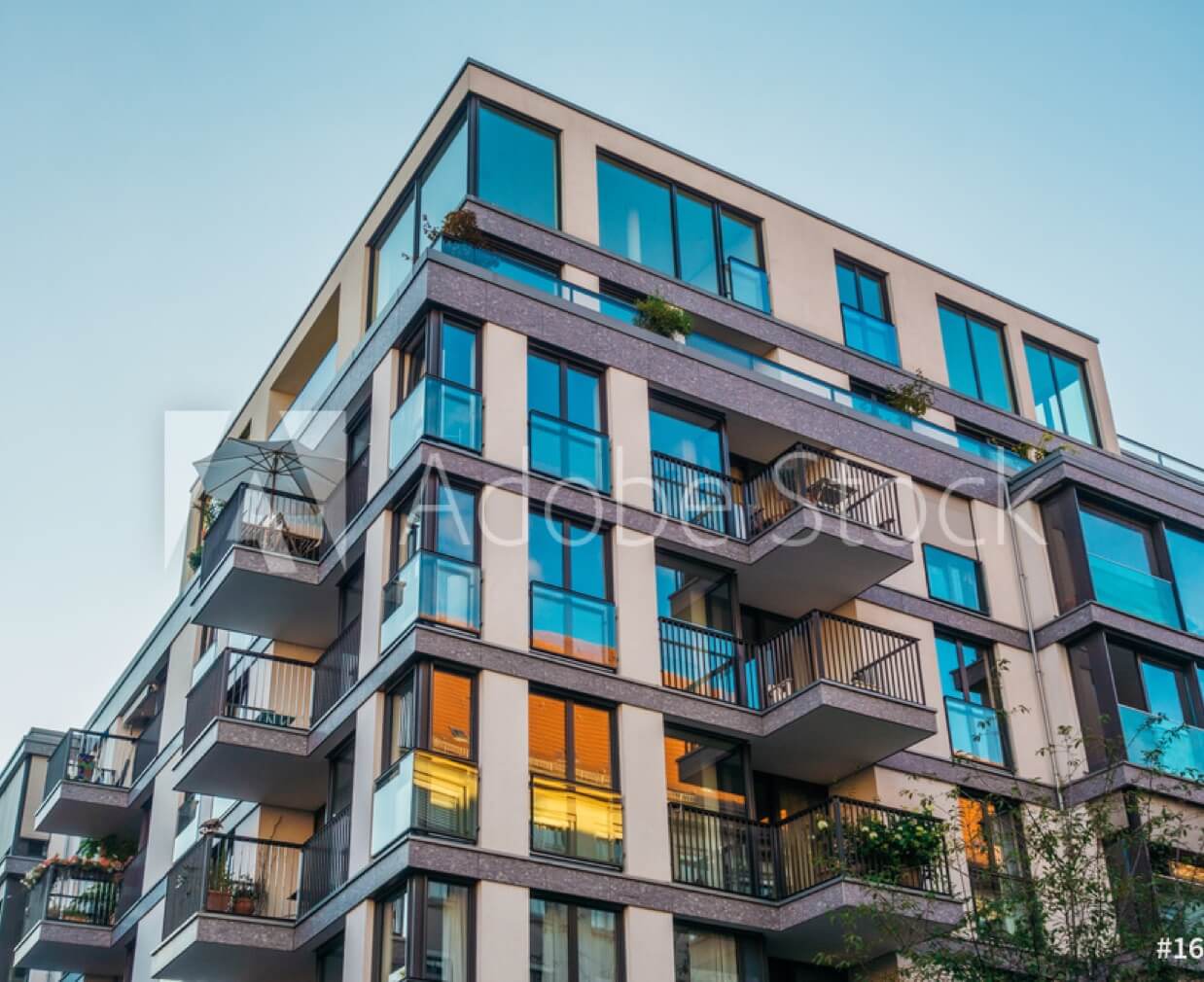Distressed Properties
Descriptive text goes here. Mauris non tempor quam, et lacinia sapien. Mauris accumsan eros eget libero posuere vulputate. Etiam el.

Subtitle Would Go Here
Marcus & Millichap is a leader in the private and institutional multifamily investment sales markets. Our National Multi Housing Group (NMHG) focuses on the private client market typically with transactions valued between $1 million and $20 million. The firm's Institutional Property Advisors (IPA) division services clients with transactions valued at $20 million and above. Both groups provide multifamily owners and investors with the industry's best investment real estate research, financing, advisory and transaction services. NMHG and IPA multifamily investment specialists provide unparalleled market knowledge, access to qualified investors and transaction expertise.
At Marcus & Millichap our mission is to develop a long-term advisory relationship with our customers
Marcus & Millichap is a leader in the private and institutional multifamily investment sales markets. Our National Multi Housing Group (NMHG) focuses on the private client market typically with transactions valued between $1 million and $20 million. The firm's Institutional Property Advisors (IPA) division services clients with transactions valued at $20 million and above.

Alan L. Pontius
Senior Vice President, Distressed Properties Division

Subtitle Would Go Here
From the start, the company’s entire business model has been focused on one goal: Matching every property with the largest pool of qualified buyers. Achieving this—one property at a time—requires a combination of unique features and commitments that we make to our clients.
The cornerstones of our business model are executed and brought to life for every client under the supervision and care.

Distressed Properties Market
Tenant demand remains strong.
The expansion of the U.S. economy for a seventh consecutive year sustained a high level of asset performance that reinforced the confidence of property owners and investors. Among key demographic and economic drivers, job creation and household formation during the year translated again into noteworthy net absorption. In 2017, projected job creation and rental household formation will support demand, while demographic trends also provide a meaningful tailwind for maintaining low vacancy and a steady pace of rent increases. The entrance of millennials into the workforce, in particular, remains a potent force in the multifamily sector as these individuals have a high propensity to rent. Nationally, the homeownership rate descended to a 51-year low of 62.9 percent last year and is projected to remain in the low-60 percent band in 2017. The low rate is not altogether surprising given the social narrative of mobility, flexibility and burdensome student debt following the financial crisis. Millennials’ tendency toward later marriage and family formation should translate into sustained new demand for rentals and extended tenures in apartments.
Peak in construction expected in 2017.
Rentals slated for completion this year were authorized some time ago, but a recent leveling off in permit issuance signals that the wave of development will likely crest this year. Construction lenders are also exercising discretion, critically assessing the experience of development teams, closely scrutinizing return projections and factoring in expectations of more subdued NOI growth. In addition to conservative lending, proposals of increased government infrastructure spending could elevate competition for construction materials and labor needed for multifamily development. The likely crest of apartment construction this year coincides with easing rent growth trends. Most of the softening will occur in the recently delivered upper-tier assets. Completions of luxury rentals will exert more pressure on the Class A vacancy rate in 2017, while the outperformance of Class B and Class C assets will encourage a further reconsideration of investment strategies. Some newer assets will benefit from strategic locations in niche neighborhoods while others will face stiff competition from a wave of development. That said, most markets facing significant apartment additions also have a somewhat captive renter pool as home prices are elevated as well.
